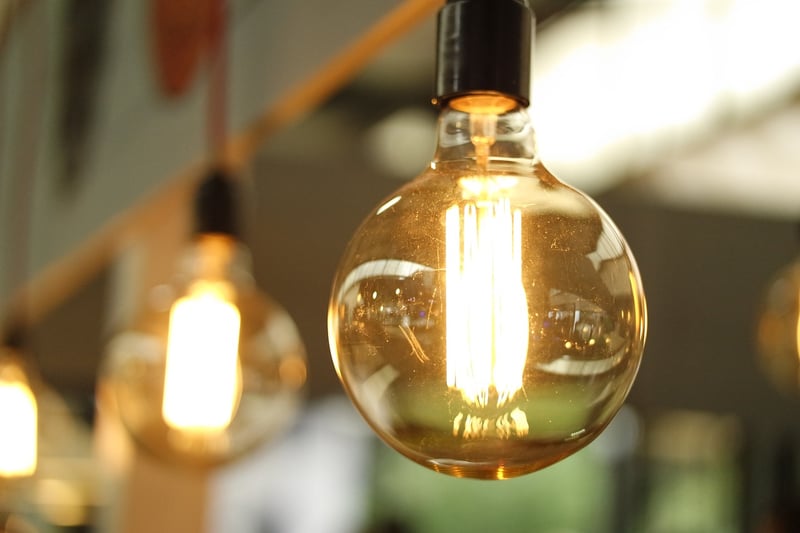Energy Efficiency

Embrace Sustainable Living: A Guide to Energy Efficiency
Welcome to our guide on sustainable living practices and energy efficiency. In today's world, it's more important than ever to adopt eco-friendly habits to reduce our carbon footprint and preserve the environment for future generations. By making simple changes in our daily routine, we can contribute to a more sustainable future and lower our energy consumption. Let's explore some practical tips to help you lead a more sustainable lifestyle while increasing energy efficiency in your home.
1. Switch to Energy-Efficient Appliances
Invest in energy-efficient appliances that have a high Energy Star rating. These appliances consume less energy, helping you save on electricity bills and reducing your carbon emissions. Look for appliances such as refrigerators, washing machines, and air conditioners that are designed to be more energy-efficient.
2. Opt for LED Lighting
Replace traditional incandescent bulbs with energy-efficient LED lights. LED bulbs consume less energy, last longer, and are available in a variety of brightness levels to suit your needs. Making this switch will not only save energy but also reduce your electricity costs in the long run.
3. Proper Insulation and Sealing
Ensure that your home is well insulated to prevent heat loss during winter and maintain cool temperatures during summer. Proper insulation can significantly reduce your heating and cooling costs. Additionally, seal any gaps or cracks around doors, windows, and vents to prevent air leakage, which can lead to energy wastage.
4. Use Renewable Energy Sources
Consider installing solar panels on your roof to harness the power of renewable energy. Solar energy is clean, sustainable, and can help you reduce your reliance on traditional energy sources. By generating your electricity, you can lower your carbon footprint and contribute to a greener environment.
5. Reduce Water Usage
Practice water-saving habits such as fixing leaks, taking shorter showers, and installing low-flow faucets and showerheads. Conserving water not only helps preserve this precious resource but also reduces the energy required to treat and pump water to your home.
6. Smart Thermostat Control
Install a programmable or smart thermostat to regulate your home's temperature efficiently. These devices can be programmed to adjust the temperature based on your schedule, ensuring that you are not wasting energy when you are away from home. Smart thermostats can also learn your preferences and optimize energy usage over time.
Conclusion
By incorporating these energy-efficient practices into your daily life, you can make a significant impact on the environment while saving on energy costs. Embracing sustainability is not only beneficial for the planet but also for your wallet. Start small and gradually incorporate more eco-friendly habits into your routine to create a greener and more sustainable lifestyle.
Remember, every little effort counts towards building a more sustainable future for all.